
What Is Norwex?
Simply put, Norwex products provide a healthy and less expensive way to keep your home clean.
The goal is to create “safe havens” in our homes by radically reducing the number of chemicals we use in them. The way to do this is to offer a new way to clean.
The solution is to clean using only water, and Norwex microfiber. No chemicals required!
Products such as the Enviro Cloth have the ability to remove up to 99% of bacteria from a surface, using only water.
Check out this video to see exactly how this unique microfiber works:
How Do Norwex Products Actually Work?
As I said above, one of the greatest things about this special microfiber is that it can remove up to 99% of bacteria from a surface using only water.
That’s incredible – and a much better clean than other cleaning products. Not to mention cheaper.
But how does the microfiber actually work?
All About Norwex Microfiber
The microfiber is made from tiny fibers woven tightly together. This allows the microfiber to pick up very small particles by “lifting” them from a surface that is being cleaned. It then “traps” the particles in the microscopic spaces between the fibers.

How the microfiber is made is truly incredible. These fibers are 1/200th the size of a human hair. When one of these microfiber product is mande, the fibers are woven so densely that just one could reach from Canada all the way to the Gulf of Mexico.

Each one of these fibers are more than 10 Million feet.
Because of this, these microfiber cloths can hold up to 7 times it’s weight when cleaning up liquid and grime.

What Is Norwex BacLock?
Some of the Norwex products have what’s called BacLock.
Norwex BacLock is an antibacterial agent which is for self cleaning purposes only.
This antibacterial agent is designed to inhibit bacterial odor, mold, or mildew growth in the microfiber products.
Using Norwex Microfiber Dry
When you clean without getting the microfiber wet, it makes for the best dusting product you’ve ever seen.
The microfiber creates a static charge that attracts and holds the dust particles instead of just pushing them around like normal cloths you might use for dusting.
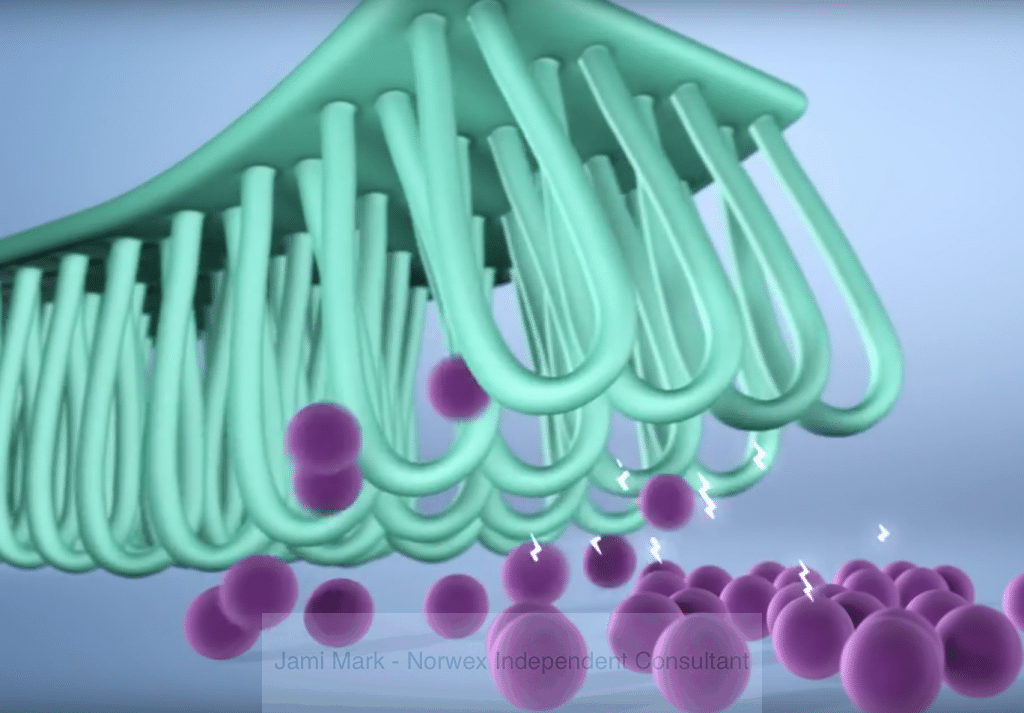
Using Norwex Microfiber Wet
When using the microfiber wet, you’ll be amazed at how truly clean everything is.
The microfiber lifts the particles on a surface into the cloth. It even gets into the pores of a surface – giving you a real clean.
No chemicals needed! Just water and Norwex microfiber.
What Surfaces Can Norwex Microfiber Be Used On?
This is the great part – are you ready?
Norwex microfiber can be used on any household surface!
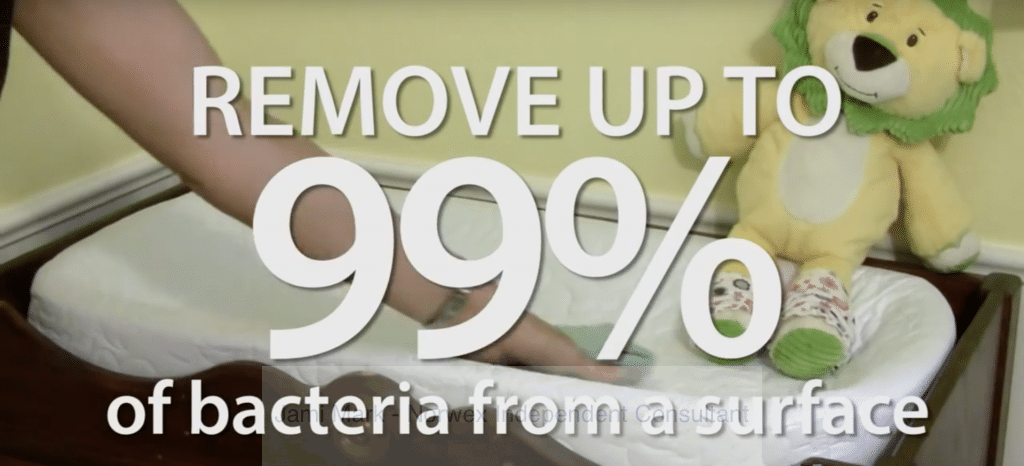
You can use it to remove any grease, dust, grime, or anything else with ease.
Caring for Your Norwex Microfiber
Another great part about cleaning with these products is that the upkeep of these products couldn’t be easier.
Just rinse out the microfiber, and hang to dry. That’s it!
From time to time you may want to launder these products.
I’ve written more about that here.
Norwex Saves You Money
Did you know that the average household spends over $600 every year just on cleaning products?
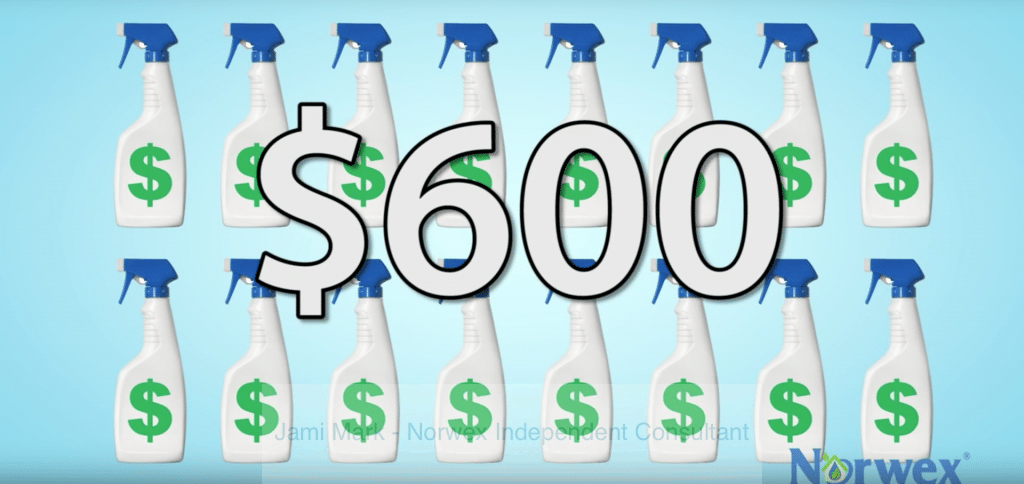
By switching to Norwex, you don’t have to throw money down the drain any longer.
There’s no need to keep sending money on cleaning chemicals that aren’t good for you or your family.
Plus, cleaning chemicals sometimes make more work, because you have to go back and re-clean the residue that’s left behind.
What’s The Best Way To Get Started With Norwex?
Norwex has a lot of great products, but if you’re just getting started, the Household Package is a great place to start.
The Household Package Includes:
Enviro Cloth
This is the cloth that started it all!
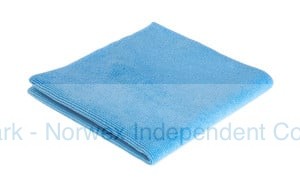
The antibacterial microfiber Enviro Cloth removes dust, dirt, and grease from all washable surfaces using only water—no chemicals!
As I’ve shared before, this microfiber has the ability to remove up to 99% of bacteria from a surface when following the proper care and use instructions.
The super-absorbent EnviroCloth picks up dust particles and traps them in the cloth until you rinse it out. Then BacLock in the cloth goes to work to self-purify and inhibit odors from bacteria, mold and mildew growth within the cloth.
Window Cloth
This is one of everyone’s favorites! Now you too can have streak free windows!
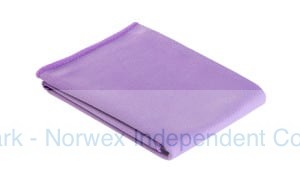
The hard-working Window Cloth gets windows, mirrors, shower doors, glass tables, crystal, granite counter tops, jewelry, brushed and stainless steel, chrome, knickknacks, patio tables, and shiny surfaces sparkling clean with only water.
And with BacLock in the cloth (the micro silver antibacterial agent) goes to work to self-purify and inhibit bacterial odors, mold and mildew growth within the cloth.
Dusting Mitt
Dusting has never been easier!
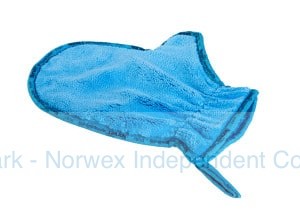
The Dusting Mitt can be used wet or dry and is ideal for quick, chemical-free dusting throughout the house.
This is great for use on blinds, screens and other hard-to-clean areas.
With its thick texture; dense, plush fibers and unique mitt design, the Dusting Mitt attracts and holds dust and allergens and won’t let them go. The BacLock in the mitt (the micro silver antibacterial agent) goes to work to self-purify and inhibit bacterial odors, mold and mildew growth within the mitt.
Order the Household Package Online
Good news! You don’t have to go to a home party to order the household package. You can now order online, direct from Norwex!
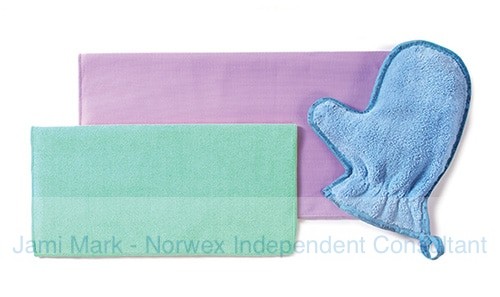
Why Norwex?
Chemicals in Cleaning Products Can Be Dangerous
Did you know that the chemicals in cleaning products may actually be doing more harm than good?
This certainly was the case in my own home, and some of these facts really freaked me out.
Manufactured chemicals are choking our planet.
More than ever, these chemicals are making their way into our air, our water, our homes, and even our bodies.
Ironically, we bring many of these chemicals into our homes ourselves through our cleaning products. And once they get inside us, they can accumulate and lead to health problems like asthma, reproductive issues, and even cancer.
Fortunately, Norwex is on a mission to create healthier homes and a healthier planet by redefining clean.
With products such as the Safe Haven 5 Set and using only water, Norwex is radically reducing harmful chemicals and the waste we produce.
Start protecting your home and living a happier healthier life today.

- Pesticides have not been studied for their long-term effects on human health
- Women who live within a mile of spaces where commercial pesticides are applied appear to have an increased risk of having a child with autism
- 1 in 68 children has been identified with autism spectrum disorder.
- A recent study found an association between exposure to certain pesticides and a higher risk of Parkinson’s disease.
- National Cancer Institute found residues of 34 toxic chemicals in household carpet dust, including pesticides, herbicides, fungicides and PCBs.
- Environmental Working Group detected 287 chemicals in the cord blood of newborns. Of these, 180 cause cancer in humans or animals, 217 are toxic to the brain and nervous system, and 208 cause birth defects or abnormal development in animal tests.

Cancer Causing Substances and How Norwex May Help
Did you know that over the past 30 years, breast cancer rates have increased by nearly 20 percent in the US?
Check out this video for more information on the link between chemicals and cancer.
Video Transcript:
There are many risk factors for developing cancer including age, family history, viruses, and bacteria, of course, our lifestyles, as well as contact with harmful substances.
More than 50,000 chemicals are in commerce today, and hundreds of new chemicals are being introduced each year. These chemicals are found in everyday items such as foods, personal care products, packaging, prescription drugs, and household and lawn-care products.
Cancer risk in chemicals such as pesticides have been a focus of considerable research in the last few years.
Now, concern is growing about non pesticides and synthetic chemicals.
An early link between cancer and a chemical was found in the late 1700s when an English physician noted that, a large number of chimney sweeps had cancer of the scrotum due to exposure to soot which contains chemicals known as polycyclic aromatic hydrocarbons, or PAH. Since then, many more chemicals have been identified as known or suspected causes of cancer, and we’ve learned that exposure to some chemicals and hazardous substances can increase the risk of cancer.
Exposure may occur through ingestion of contaminated food and water, inhalation of polluted air and absorption through our skin.
Exposure to chemicals in the outdoors, at home, and at work may add to the risk of getting cancer. In fact, much of what we know
about chemicals causing cancer in humans, we’ve actually learned from workers exposed at their jobs like those chimney sweeps along with farm, medical textile, and transportation workers.
We know that certain chemicals including asbestos, nickel, cadmium, radon, vinyl chloride, benzidine and benzene are known human carcinogens, meaning that they have been found to cause cancer in humans. These carcinogens may act alone or with another carcinogen to increase our risk. For example, asbestos workers who also smoke have a higher risk of lung cancer.
A person’s risk of developing cancer depends on a number of factors, how much, how long, how often, and when they’re exposed to these chemicals. So, a number of factors which helps explain the complexity of the disease.
Now, when you’re exposed, is also important because a small exposure in the womb, for example, may be far more serious than a small exposure as an adult. The genes that you inherit from your parents also play a role. Many chemicals can be stored in the body’s tissues for long periods of time, and the long term effect of most of them is unknown.
Even DDT, which was banned in the 1970s continues to be detected in the environment and our food supply, breast milk and fat tissue of animals and humans.
And there may be a long period of time between chemical exposure and a cancer diagnosis. So, let’s take a closer look at a type of cancer that affects millions of families worldwide. Breast cancer.
Breast cancer occurs in every country of the world and women at any age after puberty with increasing rates later in life.
Over the past 30 years, breast cancer rates have increased by nearly 20% in the US, and we’ve seen declines in recent years, which is fantastic news. Even so, according to the World Health Organization during 2020, there were 2.3 million women diagnosed with breast cancer and 685,000 deaths globally.
Breast cancer may be associated with chemicals that include bisphenol A or BPA, which can be found in plastic products, PAH found in vehicle exhaust and air pollution, parabens used in preservatives and personal care products, PCBs found in plastics and mini household products, and dioxins which are formed by the burning of chlorinated compounds like PVC and PCBs, as well as the combustion of diesel fuel.
Now, as with other cancers, the timing of exposure to this array of harmful chemicals affects our breast cancer risk.
The development of the breast begins in the womb and continues after birth through puberty. Some studies suggest developing breasts are more susceptible to damage. So, early life exposure to some chemicals may affect breast cancer risk later in life.
Today there are things everyone can do to help prevent cancer, a healthy diet, exercise, getting those annual wellness checks from your doctor and the recommended screenings, avoiding tobacco and alcohol.
And there’s one more that we can add to the list. Avoiding exposure to harmful chemicals whenever we can, especially, for pregnant women, babies, and children.
This is a more holistic approach to help reduce your risks of developing cancer and to empower each of us to take better control of our health.
These videos provide more information, and take you through the science of the effects chemicals are having on us and our families, and what you can do about it.
Chemicals of Concern
What are EDC’s (Endocrine-Disrupting Chemicals)?
Improving the quality of life by radically reducing chemicals in our homes.’ This is what Norwex is all about.
You can read even more about the Norwex purpose here.
Norwex Is Making A Difference
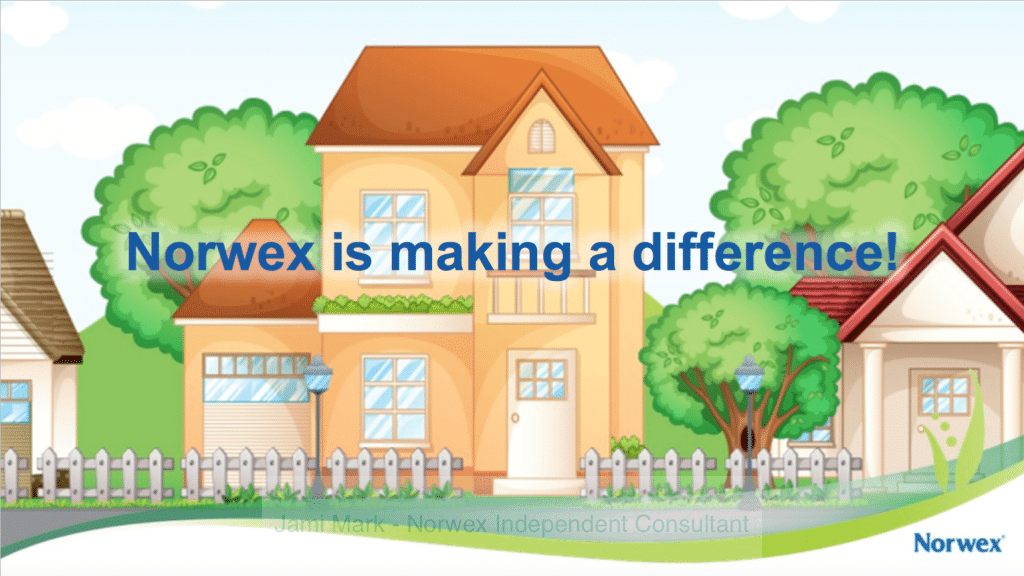
I have two young boys. One of which suffers from allergies and asthma, and the other struggles with some skin issues.
Since using these products in my own home since 2012, I can share a few things with you:
- I personally have found my family to be overall healthier since switching to Norwex products from traditional cleaning products. Especially my two boys.
- For me, these products have made cleaning easier and faster. This is very important to me as a busy mom.
- These cleaning products aren’t always the cheapest (up front). However, over time, my family has ended up saving thousands of dollars by making the switch to Norwex products.
I’ve found that when you get rid of the cleaning chemicals in your home, you actually create a much better, and safer environment for your family.
“How we care for the environment inside the home is equally important because it’s where we spend the majority of our time.” #Norwex
– Jami Mark
How To Buy Norwex?
You can buy Norwex products online, and have them shipped from the warehouse directly to your home.
Ready To Get Started?

Citations: https://norwex.biz/en_US/blog/chemicals-and-cancer
